This might sound a bit in the clouds, like new-age hokeyness, or something from a self-help book or Zen teacher, so I’ll start with some context a then give a concrete example. Actually, a wooden example.
After gathering a summer’s worth of experience growing food in buckets on our balcony, Lucie and I decided we would look for a piece of land to start our own garden.
Lucie went for a run one day in a park nearby and spotted a small, overgrown, plot of land from atop an overlooking hill. We looked online and found that the city of Prague owned it. After a few emails and a couple of months of waiting, we were invited to scribbled ink on paper, and it was then placed into our care. We got started right away in earnest. That was six years ago.
Since the land is in a protected nature reserve, there are certain things we’re not allowed to do, like pour concrete, build a house or theme park. One of the stipulations was that we couldn’t erect a fence.
This posed a problem. The word garden means ‘a guarded space’ from the wilderness beyond. How could we start a vegetable garden if we weren’t allowed to fence it off? Especially because, despite being within the city limits of Prague, wild pigs and deer abound, not to mention all the two legged creatures around.
Luckily for us, during the summer we waited for a response from the city, we were introduced to Permaculture. I’ve heard permaculture described as a philosophy. And I suppose it is. But it’s much more than that. People often get caught up in the weeds of philosophy and for this reason I’m grateful that permaculture keeps it simple: Let’s work with, rather than against, nature. The meat of permaculture is really a tool-kit for the practical application of designing a homestead, farm, business, or even community. This tool-kit of principles provides an approach to solving problems, and in many situations, realizing that they’re not problems at all, but actually solutions.
When I mentioned previously that the land was overgrown, a mean that it was a jungle of stinging nettles, black berries, elderberry, hazelnut, ash and willow - completely impassable.
Perhaps it was inexperience, frugalness, or romanticism, or a combination of the three, but we cleared this land entirely with a pair of garden sheers, loppers, and a tree-saw. In hindsight, it seems insane, and it probably was. If you find yourself in a similar situation, I recommend a chainsaw and a scythe. I think I did some permanent joint damage to my elbows knocking the sheers together for days at a time.
Besides not being allowed to put up a metal fence, we were faced with another problem. What to do with all the branches from clearing the land? And then that line from the permaculture design book clicked into place. The problem is the solution! We started weaving the branches in between the trees along the property line.
This wasn’t technically a fence, though in every regard it was, and we soon realized it was much more than any wire fence could ever be. It quickly became a habitat, a home and hideout for countless creatures. If you walk along the brush fence, you’ll see hundreds of bird droppings and find tightly woven nests made by blackbirds and thrushes. All kinds of insects, spiders, and fungi call our fence home too. This is something that would not be possible with a chain link fence.
Another advantage of a brush fence is that it can’t break. I’ve walked into the garden after a storm to find that a large tree or branch has fallen right on top of it. This fills me with joy, because like a broken bone, it heals back even stronger. I go for the saw and just weave the branches back into the fence. The larger logs become firewood. If we were to abandon this land, the fence would disappear into the earth, consumed by mycelium only to be resurrected as mushrooms within a few seasons.
I like the fact that our fence is permeable. Small animals come and go as they please. So far, one wild pig came through the fence one night, but she was polite and dug around only in the pathways of a few beds. I plugged the whole with some thick branches and never saw her again inside the garden.
There were some sections of the property line that didn’t have trees to weave the branches. I came across some bamboo poles in the trash, and a good friend, Antonio, and I pounded them in the ground every couple meters and used these as the supports to start sewing branches. The posts have long since rotted out from the bottom, but the fence is still holding together great.
I don’t want to downplay the fact that making a woven brush fence is a lot of work. It took us about three days of work to fenced off the half-acre plot. We made sure that we stayed hydrated. Safety first.
Perhaps ‘the solution lies within the problem’ is more accurate. But I like the simplicity of ‘the problem is the solution’, and I often return to this principle whenever I feel stumped by an issue that presents itself on the farm.
Here’s a shortlist of just a few that come to mind:
The garden is in the cold climate of a narrow valley on the edge of a forest. Most vegetables prefer warmth and sun. However, leafy greens prefer our cool, shady microclimate. Leafy greens are a high-value crop that spoil fast, and locally grown greens harvested the same day they are eaten always taste the best. Our salad mix is sought after by many of the people who shop at the farm and sold at a premium price to gourmet restaurants in town.
Have a slug problem? Not really. What you really have is a duck deficiency. We had Biblical plague level slug attacks the first couple years. It was so bad, Lucie and I had to patrol the garden at night with scissors and a headlamp, slaying slugs by the hundreds in order to not awake the next day to empty beds. Then we got ducks, whose favorite activity in the world is to run around the garden eating slugs. As a bonus, the Indian Runner ducks we had also laid delicious eggs.
I’m not sure why, but many people see dandelions as a problem. Such a problem that they’re willing to wage chemical warfare against a flower. Forget the roundup and the lawnmower and buy a goose. Our yard was covered in dandelions when we moved in. Within a year they were gone. Up until last season, when our geese had their one bad day, I cut the grass twice the whole year. The geese did the rest. Get tired of the goose yelling and waking up your baby? - The problem is the solution - a frozen goose for Christmas!
It’s amazing what doors open when you simply turn a problem on it’s head.
Feel free to share your experiences gardening with this principle in the comments!



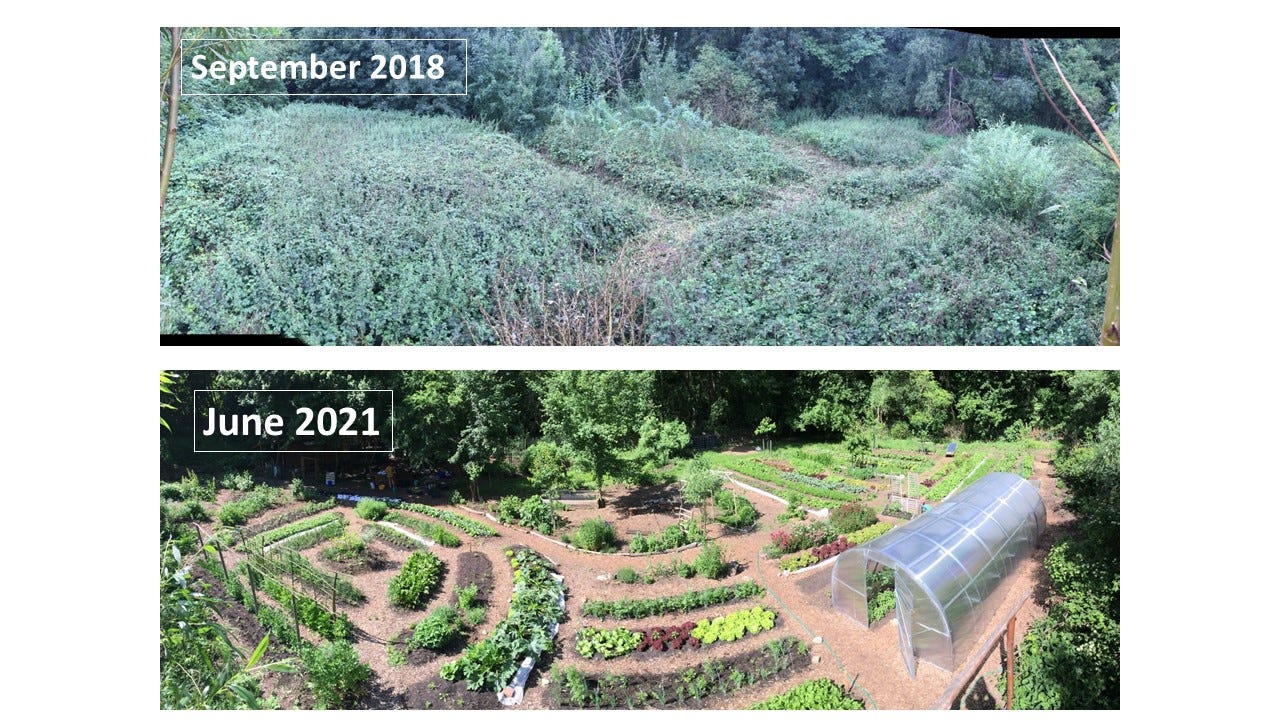
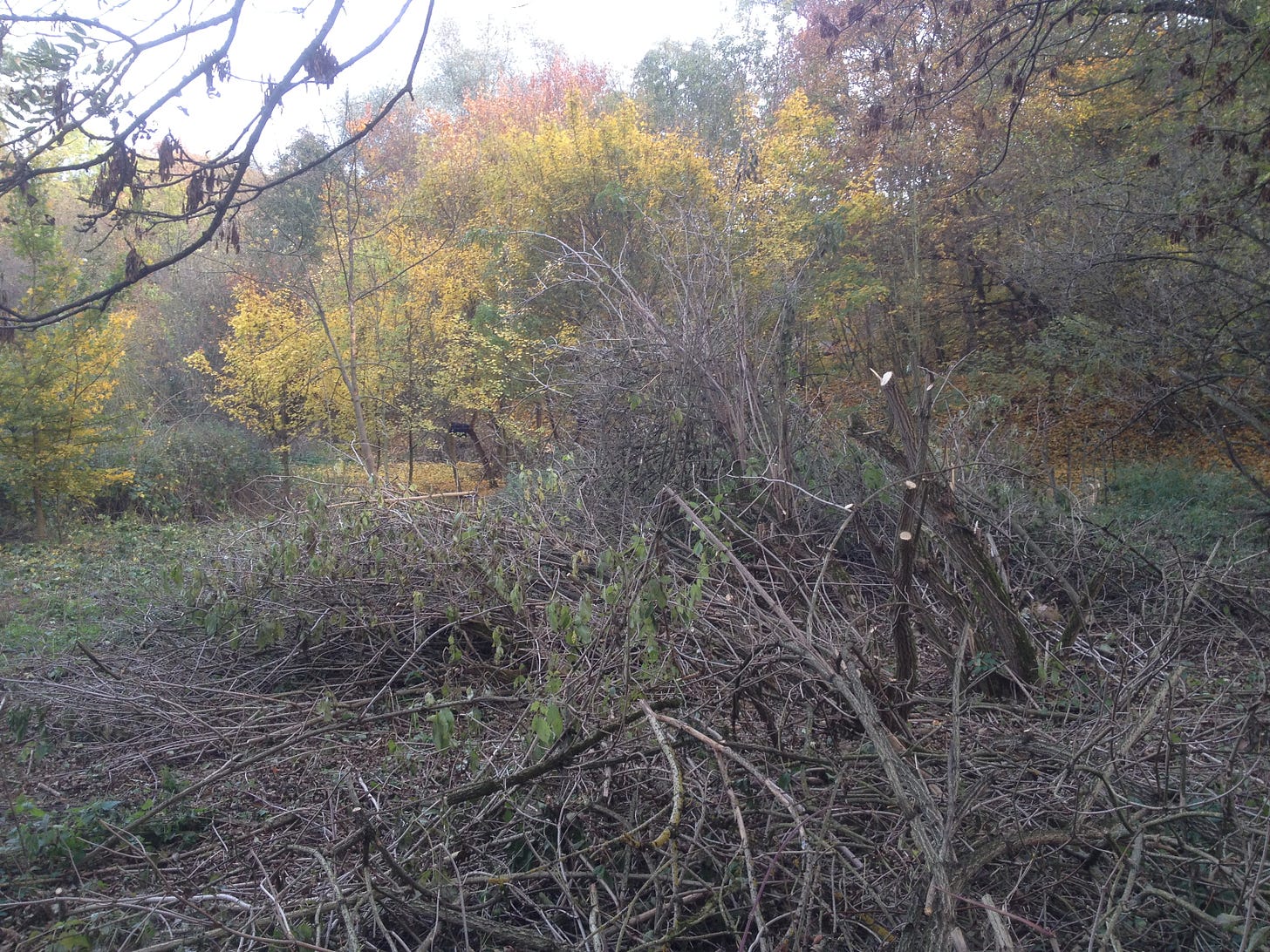
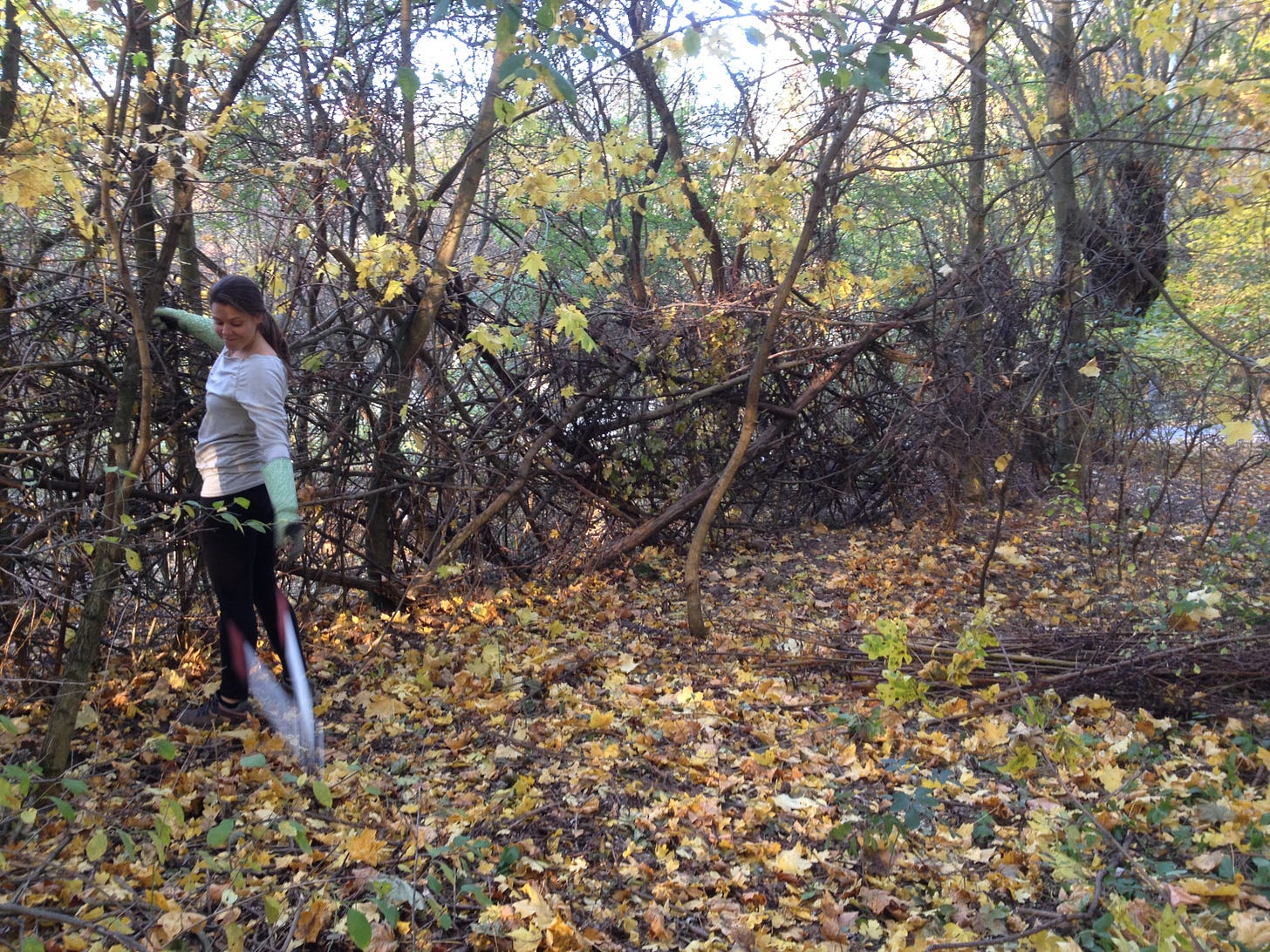
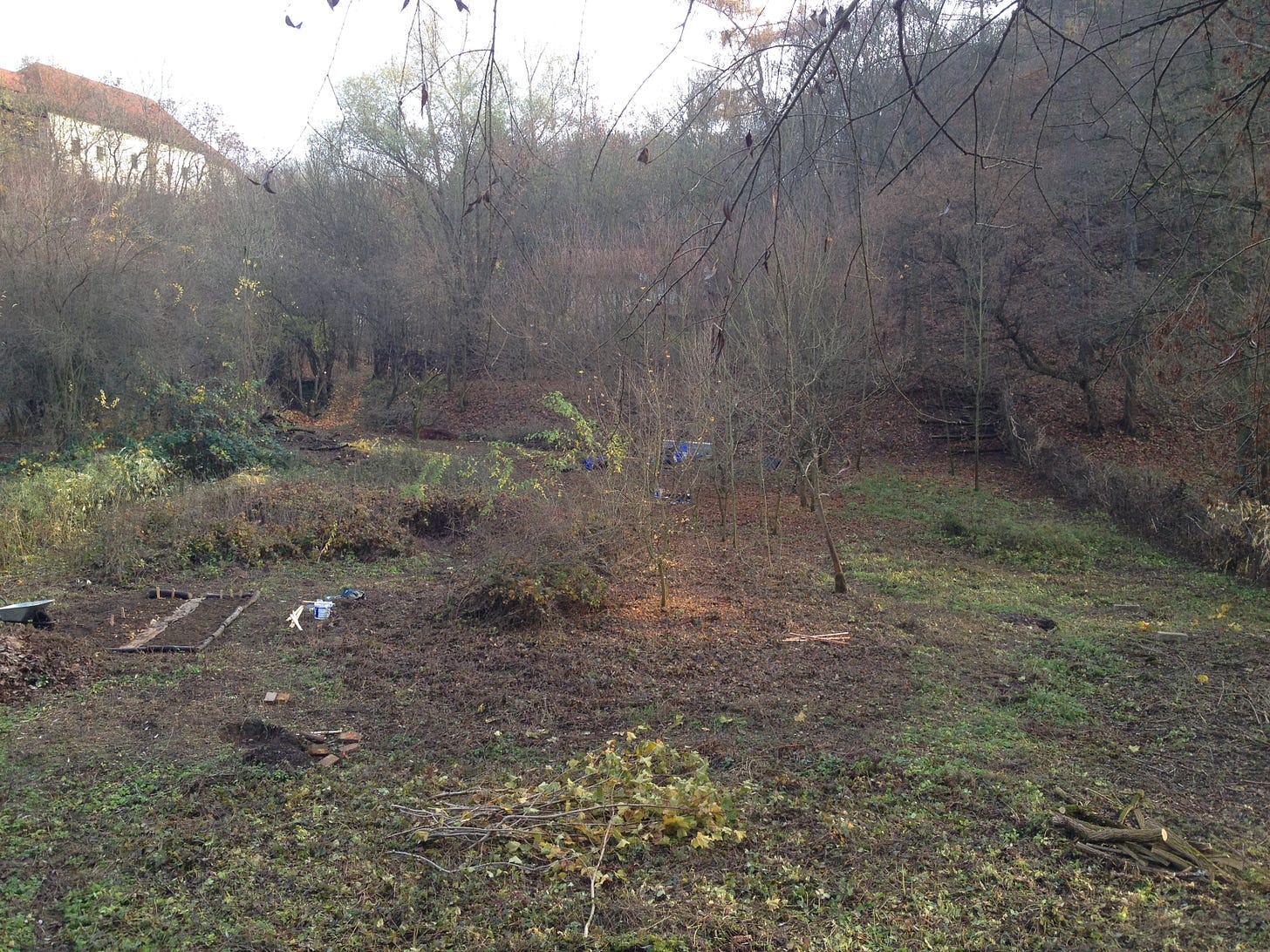
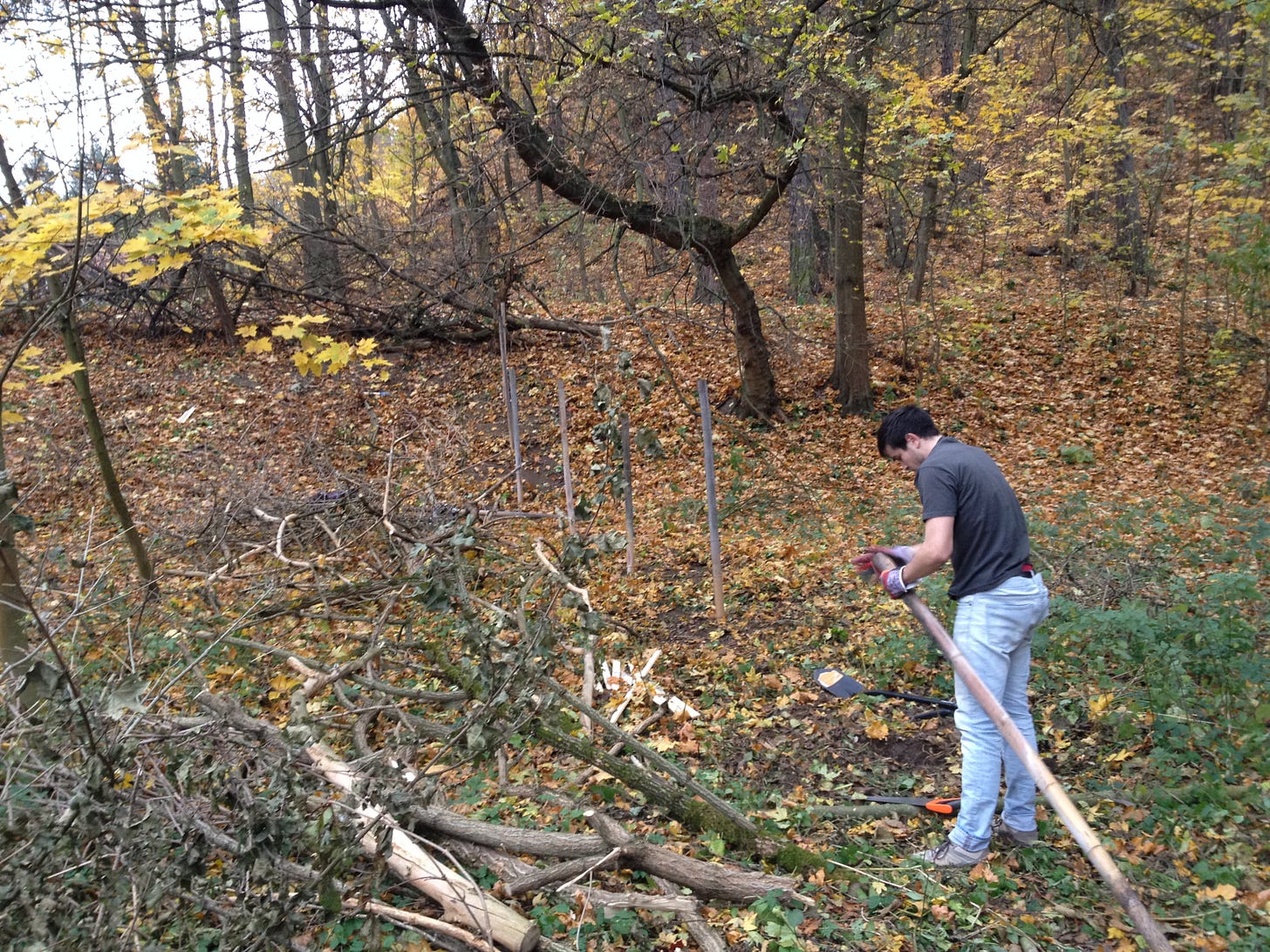

A simpler solution for snails and slugs (that never wakes the sleeping) is a homeopathic remedy called Helix tosta. https://homeopathyplus.com/snails-and-slugs-pack-their-bags-and-leave-with-homeopathy/
We got ducks for the slugs, but they ate all my brassicas so they had to leave. They are now fenced on the orchard side of the garden and we still have a slug problem. Love the fence solution!